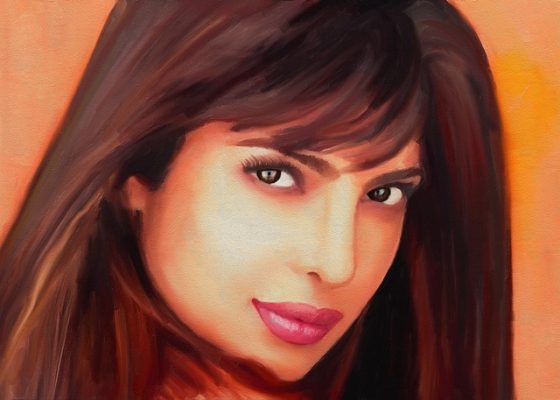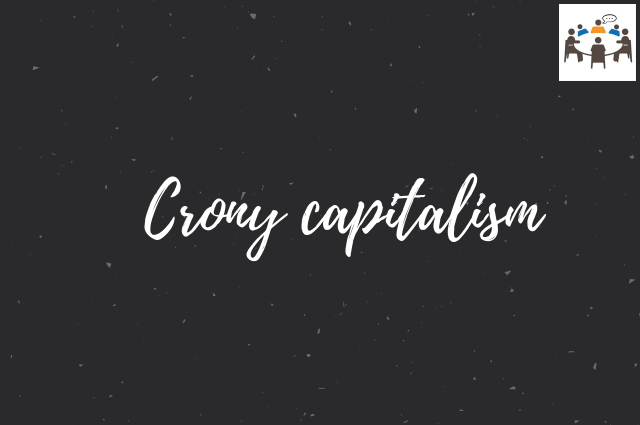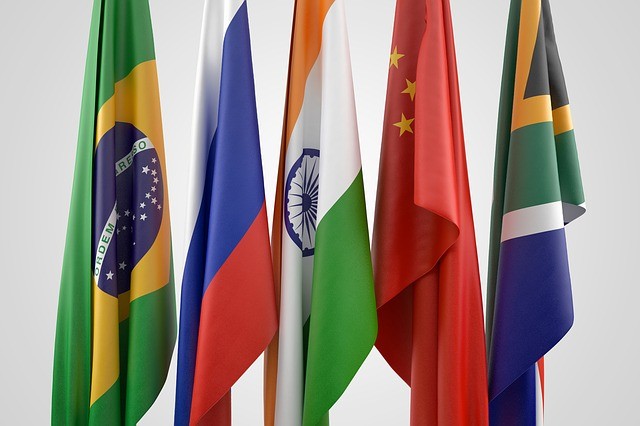Theme:
- Movies reflect society. When we see movies of a particular time, we get to know the society at that time. Movies have a stake in social change as well. During the Indian freedom struggle, movies did their bit to spread the spirit of nationalism among the common people.
- With changing times, movies underwent a lot of changes. But the progress in the portrayal of women in Indian cinema is too slow when compared with the progress of our society. Throughout history, there are several movies where the female characters are strong and independent. But most mainstream movies depicted women as weak people waiting for help from someone. Their main purpose was to support the male lead character in the film.
- As there are more movie lovers in India than in the rest of the world, the impact of movies on Indian society is huge.
- India is still a patriarchal society, and so does the Indian film industry. Though times are changing, men’s ideas are still taking up most of the space in Indian cinema. Some of these things are regressive and derogatory towards women.
- And it is true that the number of movies that have meaningful roles for women is increasing. Hence it is important to discuss how far have we come and what issues need to be addressed in the portrayal of women in Indian cinema.
Timeline:
- Raja Harishchandra (1913) was the first full-length Indian feature film, in which the heroine character is played by a male actor. It was inevitable because there were no female actresses at that time.
- Mother India (1957) is the first Indian cinema in which a female actor is in the lead role.
- Roughly up to the 1980s, lead actresses have significant roles. In general, movies at that time used to have wonderful stories which totally reflected society. But at the same time, filmmakers used to add ‘vamp’ characters in the movies to provide sexually explicit or demeaning musical entertainment. This culture has not changed much. In the present times, movie makers are adding item songs to gain commercial success.
- Roughly, from the 1980s, the role of lead actress started reducing to just an add-on to the hero-centric film. Most mainstream movies followed this trend.
- In recent times, many lead actresses are doing strong roles. As more and more women are joining the film industry as directors, producers, actresses etc., the situation of female characters’ portrayal is improving.

Challenges:
- Most mainstream movies are male-centric. Lead actresses are treated as glam dolls in these movies.
- In many movies of present times, female characters are needlessly sexualized. Along with that, adding vulgar lyrics and dances in the name of item songs is very derogatory towards women and is impacting youth in a bad way. Item songs teach people that it’s okay to tease women, it’s okay to look at them voyeuristically.
- Indian film industry topped in the objectification of women according to the first-ever UN-sponsored global study (2014) of female characters in popular films across the world
. - In most mainstream movies, male lead actors are always shown as saviours. Women are shown as either helpless victims or cunning villains. In general, the hero is the one who solves everyone’s including the heroine’s problems.
- Movies depict actresses as unrealistically beautiful. This causes a lot of trauma and insecurity issues not just for the female audience but also for the actresses.
- Stalking and eve-teasing are depicted as love in Indian movies. In many mainstream movies, female characters fall in love with these abusers. Due to the influence of these types of movies, several young men are harassing women in the name of love. In 2015, an Indian man in Australia was accused of stalking, and after analyzing the incidents, the court came to the conclusion that his obsession with Bollywood films is the cause of his behaviour.
Positive side:
- Times are changing for the better. As more and more women are joining the film industry as directors, producers, actresses etc., we are witnessing strong female characters in movies.
- Till recently, the ‘Good girl’ image was forced on lead female roles. Heroines were portrayed as submissive, preferring to be homemakers, not career-oriented, bearing the brunt of abusive husbands silently and waiting for a change in the abuser’s behaviour. On the other hand, there were ‘bad girl’ characters, who do not listen to society and live life on their terms. Now the female characters in movies are more realistic and many actresses are not doing such kind of meaningless roles. Women are also depicted as complex characters just like men, having strengths and weaknesses of their own.
- Throughout history, several Indian filmmakers have challenged traditional stereotypes and promoted women’s strength and empowerment. Several movies encouraged people to question societal norms, their beliefs and oppressive traditions. For example, the movie ‘Pink’ addresses the issue of consent, the ‘Thappad’ movie highlights the importance of respect in the relationship, and the movie ‘Ammu’ addressed the domestic violence issue.
Conclusion:
The Indian film industry has come so far. Now, Indian cinema is more inclusive and diverse. The portrayal of women in recent films has shown a shift towards being more empowering and nuanced. Let’s clap for the positive changes in the portrayal of women characters and let’s work on making it even better.
Image by Raheel Shakeel from Pixabay
Your Turn…
What’s your take on the portrayal of women in Indian cinema? Have we missed any points? Express your thoughts in the comment section below. Subscribe to our blog to get notifications as soon as we publish new topics.
Copyright @ Group Discussion Ideas.






